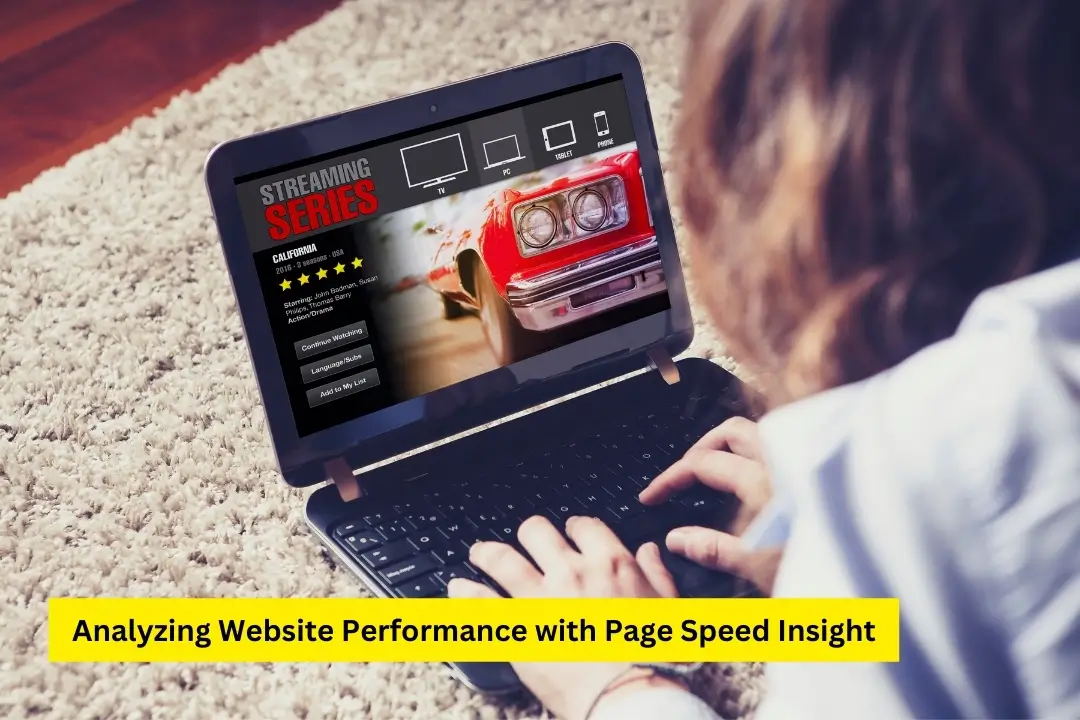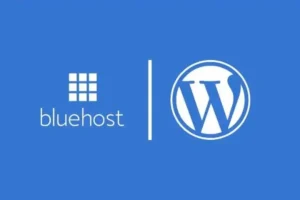Welcome to the world of website optimization, where every second matters. In today’s fast-paced digital landscape, page speed is a critical factor that can make or break your online success. Users now expect instant access to information, and if your website takes too long to load, they’ll move on to your competitors.
That’s where page speed insight comes in. Understanding and leveraging this powerful tool can enhance the user experience and boost your site’s overall performance. In this section, we’ll explore the importance of page speed insight and how it can help you improve your website’s speed and optimize its performance. Together, let’s unlock the secrets of delivering a lightning-fast browsing experience to your visitors.
The Benefits of Website Speed Optimization
In today’s fast-paced digital world, every second counts when it comes to capturing and retaining the attention of online users. Optimizing your website’s speed is crucial for delivering a seamless browsing experience that keeps visitors engaged and encourages them to explore further.
One of the key benefits of website speed optimization is the ability to increase page loading time. When your website loads quickly, visitors are more likely to stay and browse through your content, leading to reduced bounce rates. This improved user engagement can positively impact your conversion rates and ultimately contribute to the success of your online business.

Moreover, slow-loading websites can negatively impact your search engine rankings. Search engines like Google prioritize websites that offer fast-loading pages, as they recognize the importance of delivering a high-quality user experience. By optimizing your website’s speed, you can improve your chances of ranking higher in search engine results pages, driving more organic traffic to your site.
To help you achieve these benefits, here are some practical tips and techniques for increasing page loading speed:
- Optimize image sizes: Compress and resize images without compromising quality to reduce file sizes and improve loading times.
- Minify CSS and JavaScript: Remove unnecessary characters and whitespace from code files to reduce their size and enhance website performance.
- Utilize browser caching: Enable browser caching to store frequently accessed elements of your website on the user’s device, resulting in faster subsequent visits.
- Upgrade your hosting: Choose a reliable hosting provider with sufficient resources to ensure speedy delivery of your website’s content.
- Implement content delivery networks (CDNs): CDNs distribute your website’s files across multiple servers worldwide, reducing the physical distance between users and your content and improving loading times.
By implementing these optimization techniques, you can enhance your website’s speed, provide a seamless user experience, and reap the benefits of increased user engagement and improved search engine rankings. So, don’t let slow loading times hold you back. Take action today and optimize your website for a faster, more efficient online presence!
Analyzing Website Performance with Page Speed Insight
This section will explore the powerful tools of page speed insight and how you can leverage them to analyze and optimize your website’s performance.

Regular website speed tests are essential to ensure an optimal user experience and keep up with industry best practices. You can enhance your website’s loading speed and overall performance by interpreting the results and implementing effective strategies.
The Importance of Website Speed Test
Performing a website speed test is the first step in understanding your site’s performance. It reveals valuable insights into the factors affecting your website’s loading time and user experience. By analyzing the test results, you can identify areas that require improvement and implement appropriate optimizations.
“A website speed test helps you pinpoint performance bottlenecks, allowing you to take targeted actions for improvement.”
Interpreting Website Performance Analysis
Once you have conducted a website speed test, it’s crucial to analyze and interpret the performance analysis. This includes understanding metrics such as page load time, first contentful paint, and time to interact. These indicators provide valuable information about your website’s speed and user perception. By comprehending the analysis, you can prioritize optimizations and make informed decisions.
Implementing Website Speed Best Practices
Based on the insights gained from your website performance analysis, it’s time to implement best practices for speeding up your website. These practices include optimizing images, leveraging browser caching, minimizing JavaScript and CSS files, and utilizing content delivery networks (CDNs). Following these best practices can significantly enhance your website’s loading speed and overall performance.
How to Speed Up Your Website
Now that you understand the importance of website speed tests and the interpretation of performance analysis let’s dive into the practical steps to speed up your website. This step-by-step guidance will help you implement the recommended optimizations and load your website faster, providing an improved user experience and better search engine rankings.
Conclusion
In conclusion, optimizing your website’s speed is crucial for enhancing the user experience and boosting your site’s efficiency. Slow page loading times can lead to frustration and high bounce rates, negatively impacting your online presence. By utilizing page speed insight tools such as Google’s PageSpeed Insights, you can gain valuable insights into your website’s performance and identify areas for improvement.
Once you have analyzed your website’s performance using PageSpeed Insights, it’s essential to implement best practices to optimize your website’s speed. This may involve compressing images, minifying code, leveraging browser caching, and reducing server response times. Following these practices can significantly improve page loading times and provide visitors with a smoother and more enjoyable user experience.
Furthermore, optimizing your website’s speed can positively impact your search engine rankings. Search engines like Google consider page speed one of the ranking factors, emphasizing the importance of a fast-loading website. By prioritizing speed optimization, you can improve your site’s visibility in search engine results, drive more organic traffic, and achieve better online performance.
So, take the time to analyze your website’s performance using page speed insight tools, identify areas for improvement, and implement the necessary changes. By prioritizing website speed optimization, you can create a seamless user experience, boost your site’s efficiency, and achieve tremendous success in the competitive online landscape.






